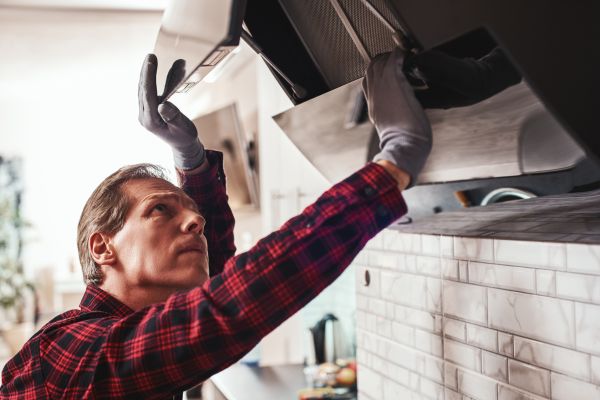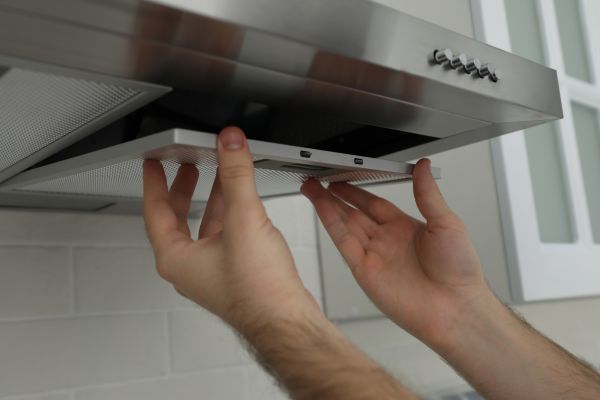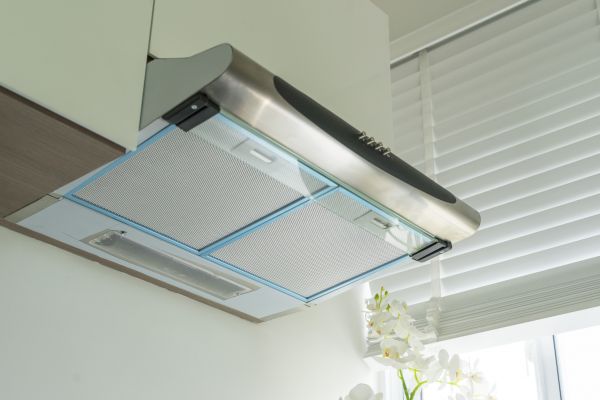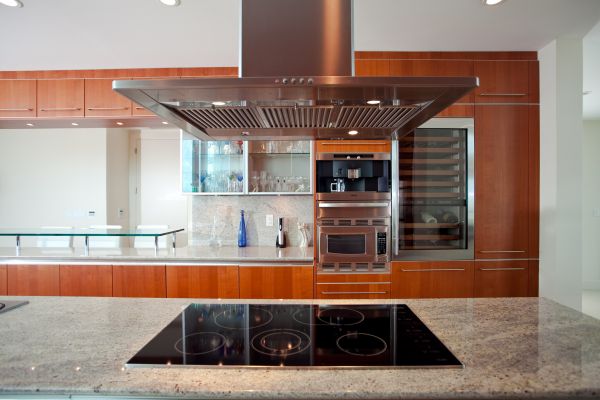FAQs About Hood Installation
What factors should I consider when choosing a kitchen hood?
Consider the size of your cooktop or range, the type of hood (ducted or ductless), the required airflow capacity (measured in cubic feet per minute, or CFM), and the style that complements your kitchen decor. Also, assess whether you need additional features like lighting or built-in fans.
What is the difference between ducted and ductless hoods?
Ducted hoods expel air outside through ductwork, offering more effective ventilation by removing smoke and odors. Ductless hoods use filters to clean and recirculate air within the kitchen, making them suitable for spaces where external venting is not possible.
Can I install a kitchen hood myself, or should I hire a professional?
While some might attempt a DIY installation, it's generally recommended to hire a professional. Proper installation involves complex tasks such as electrical connections, ductwork, and ensuring optimal performance, which can be challenging without experience.
How do I determine the right size and power for my kitchen hood?
The hood should be at least as wide as your cooktop or range. For adequate ventilation, choose a hood with a CFM rating that matches your cooking needsu2014higher CFM is required for larger kitchens or heavy cooking. Consulting with a professional can help determine the best specifications for your kitchen.
How often should I clean or replace the filters in my kitchen hood?
Filters should be cleaned or replaced every 1 to 3 months, depending on usage and manufacturer recommendations. Regular maintenance ensures the hood operates efficiently, maintains good air quality, and prevents buildup that can impair performance.




